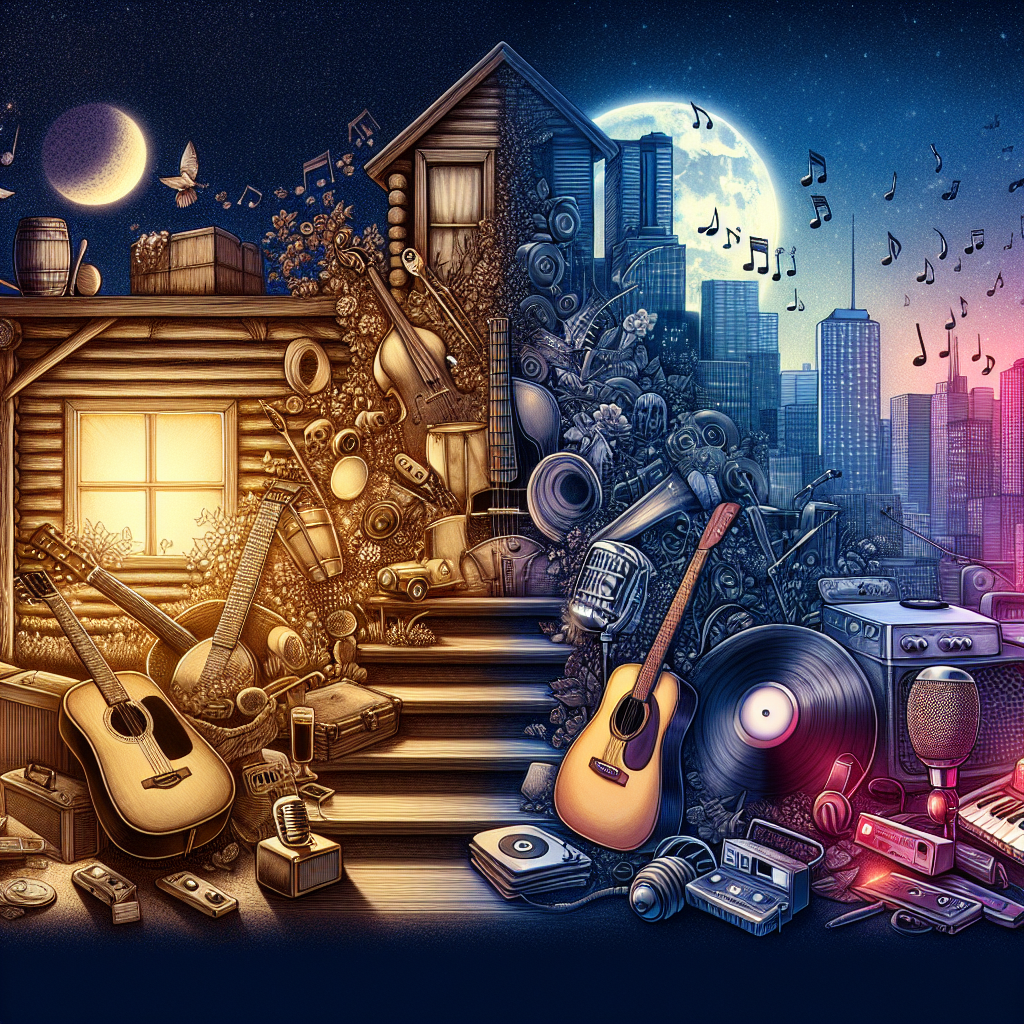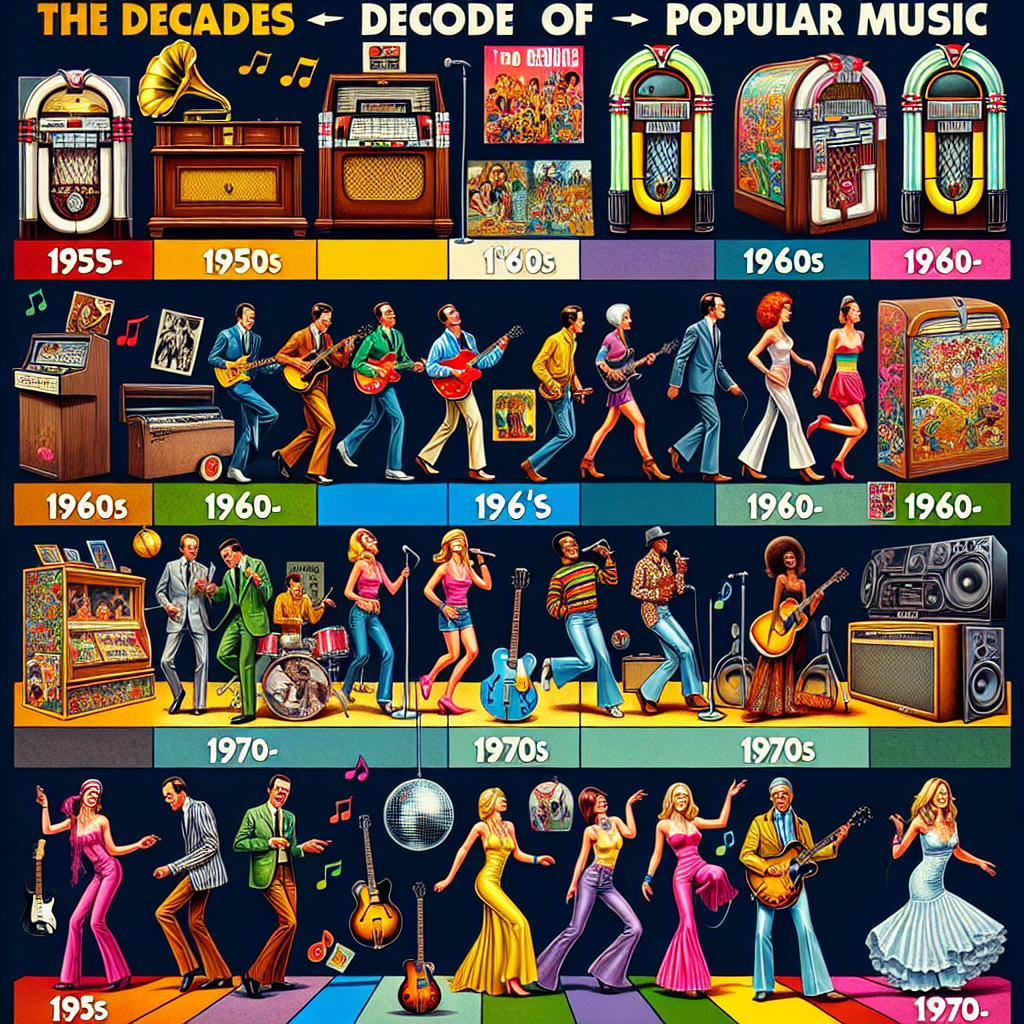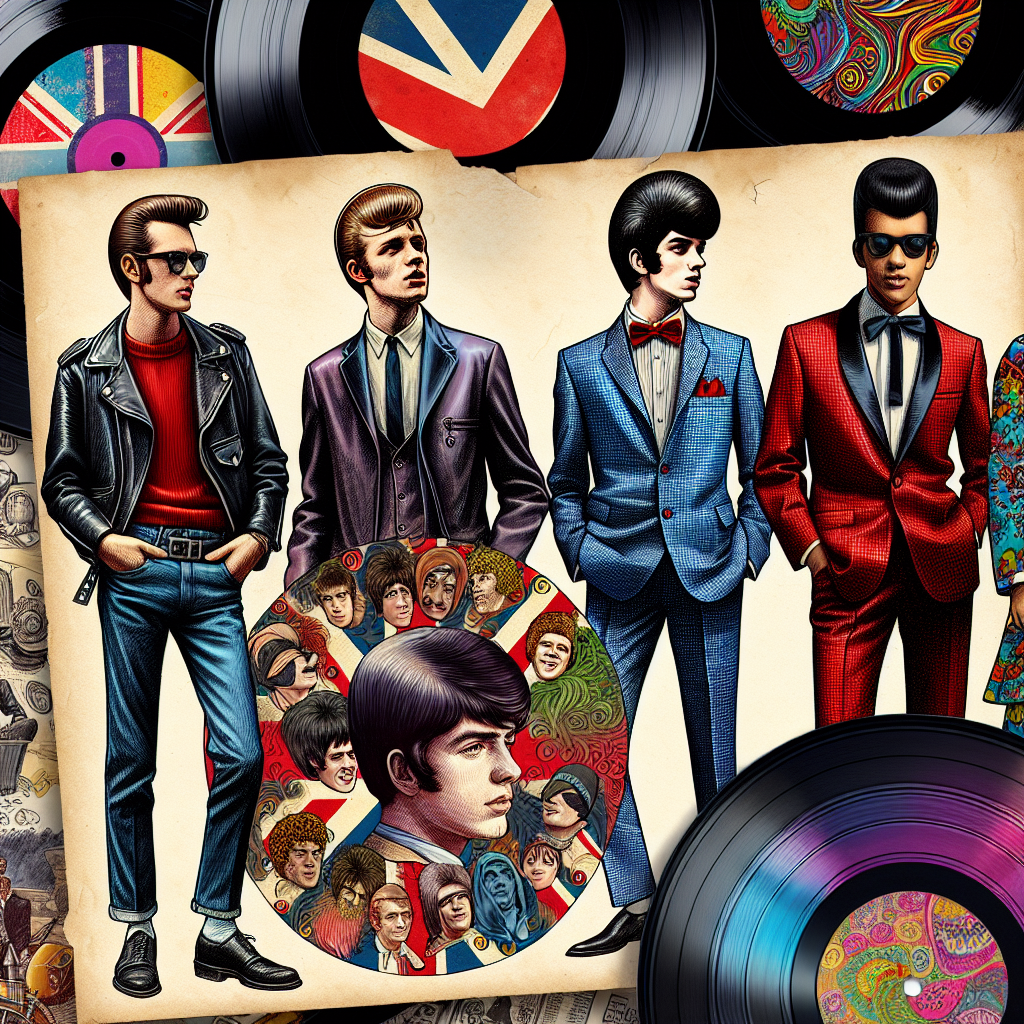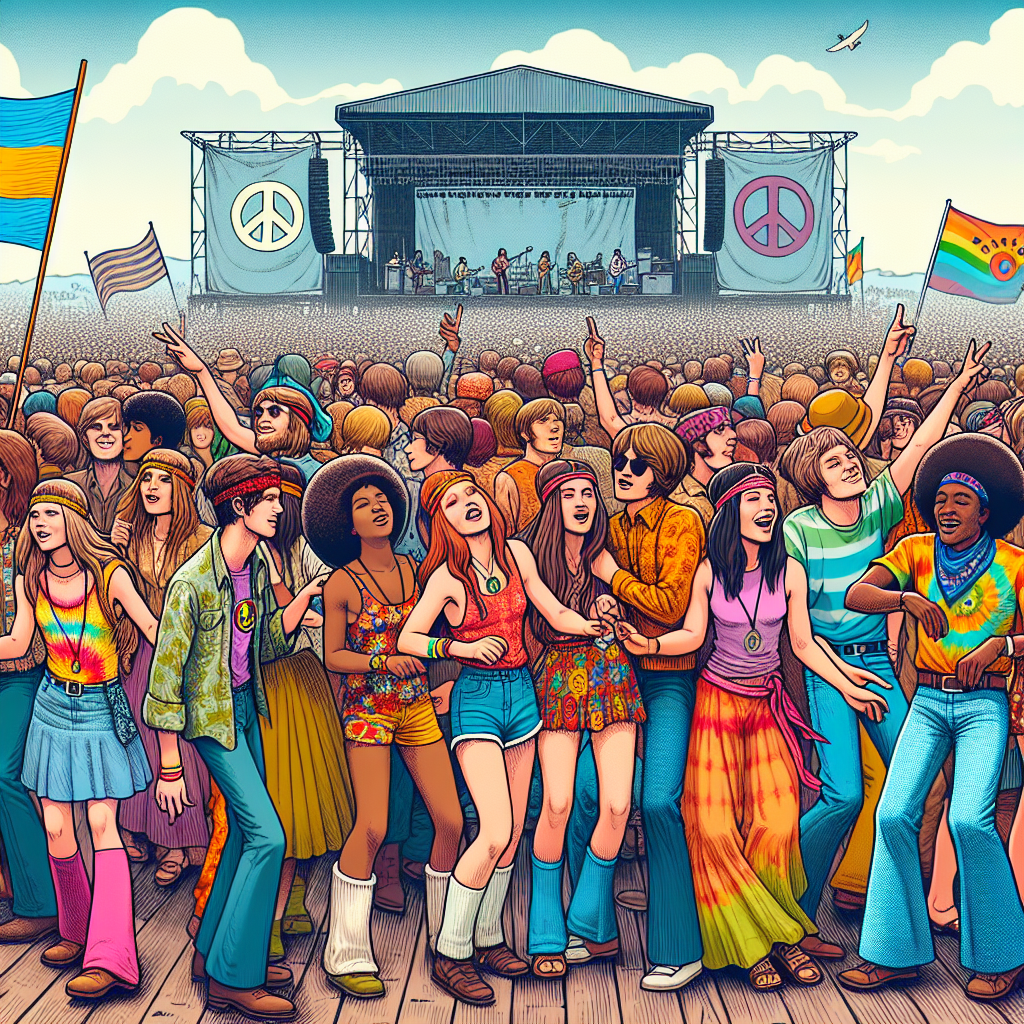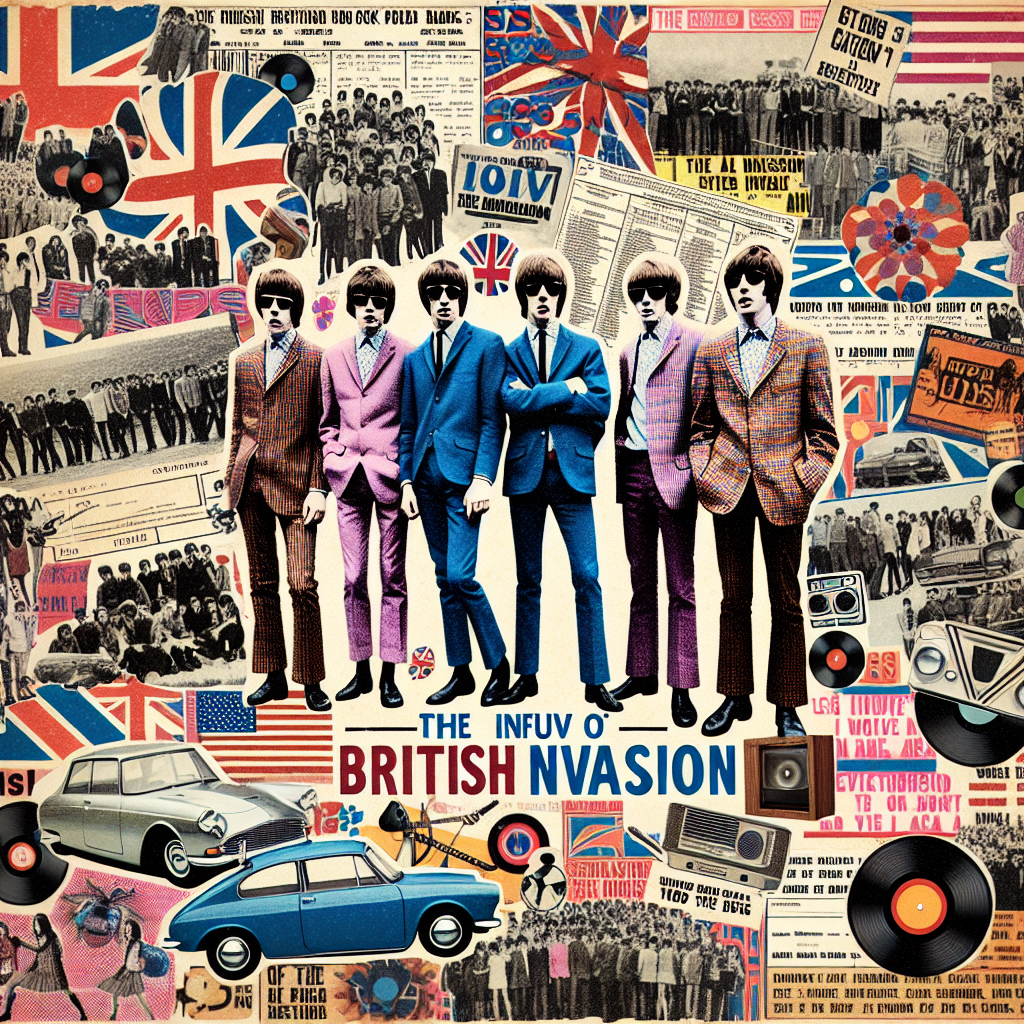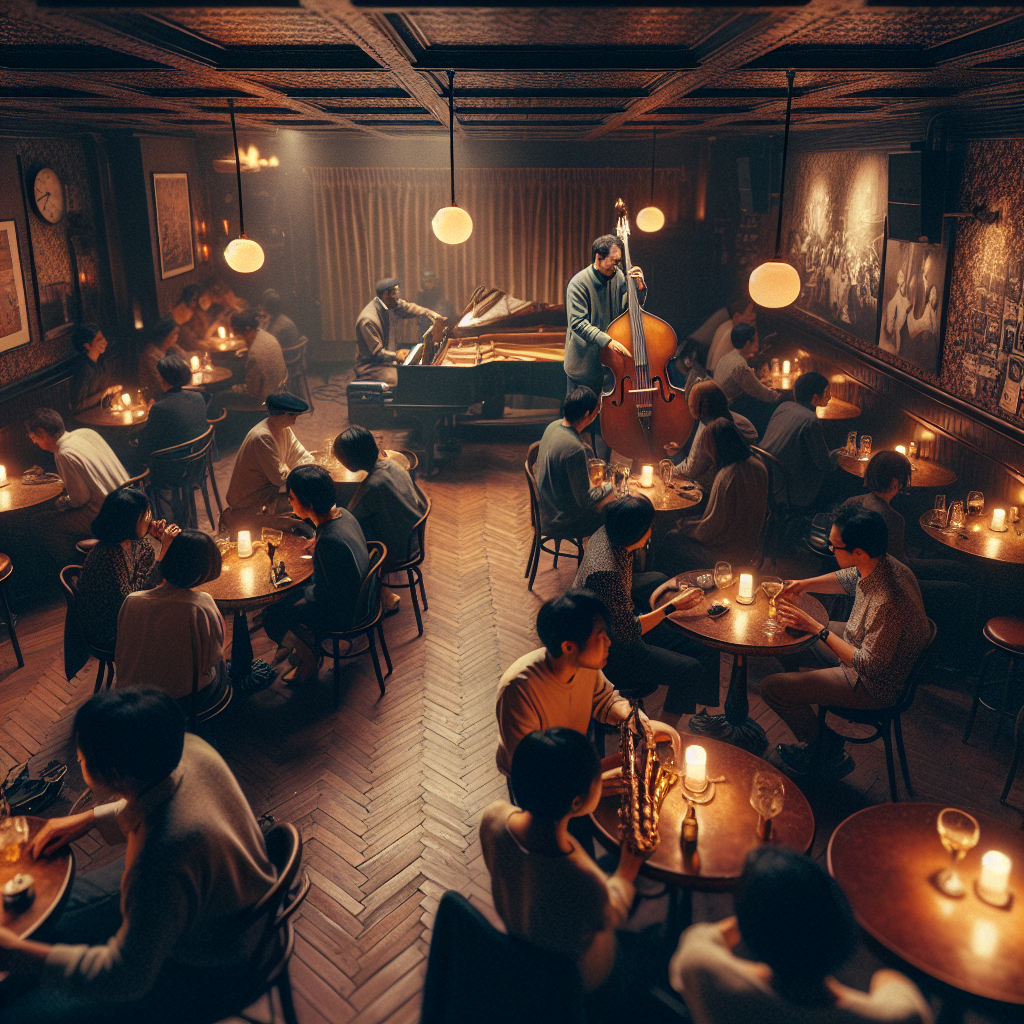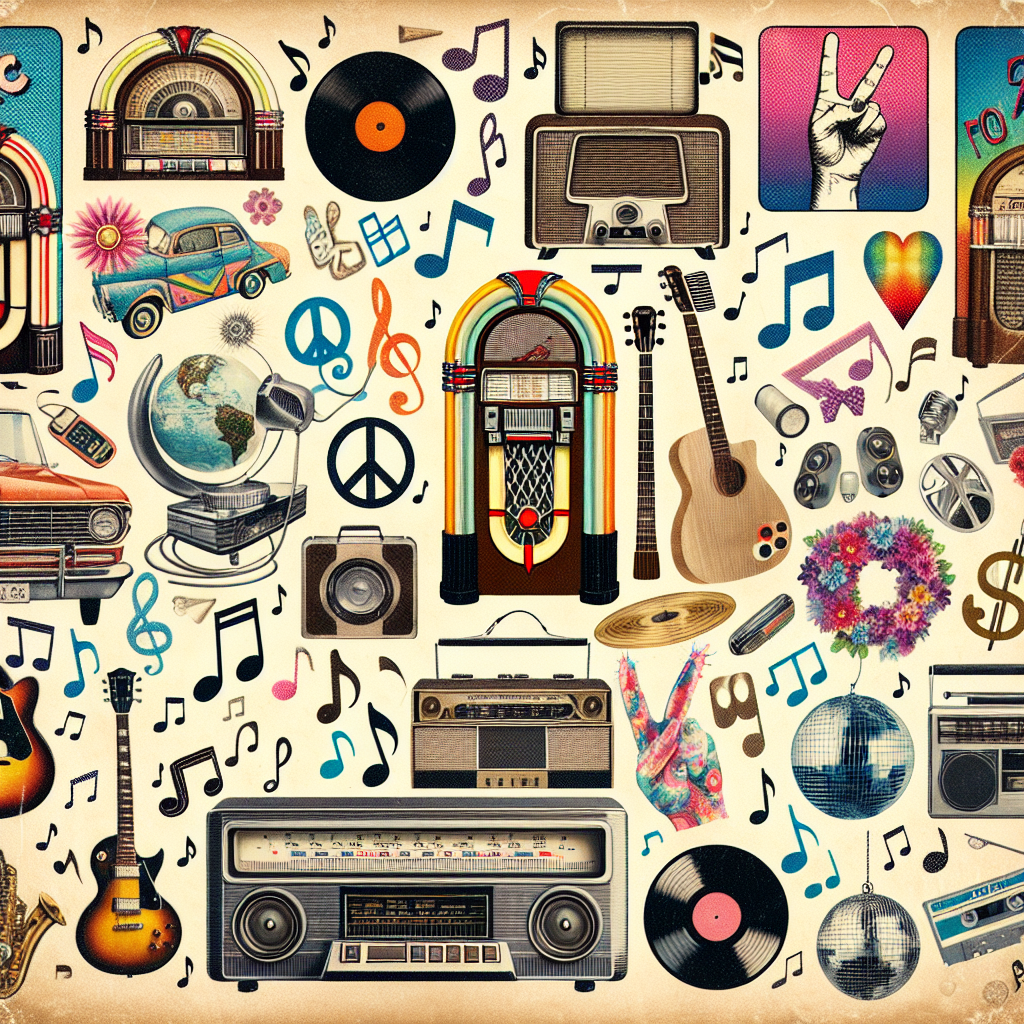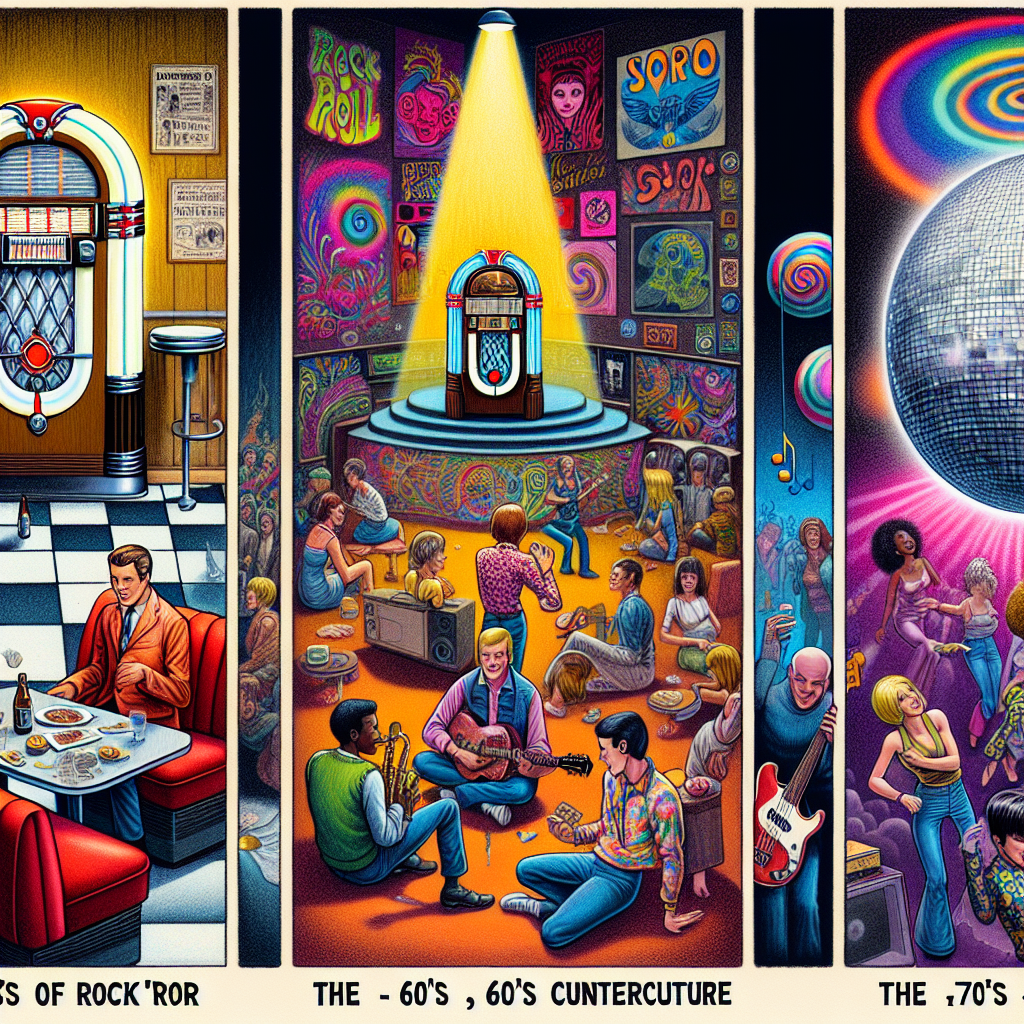Music has always been a powerful tool for expressing culture and connecting people from all walks of life. In Detroit, the rich history of music spans from traditional folk tunes to modern funk beats, showcasing the city’s diverse and vibrant culture.
Politicians in Detroit have long recognized the importance of music in shaping the city’s identity. By supporting local artists and investing in music education programs, they have helped to foster a thriving music scene that continues to evolve and grow.
From Motown classics to techno pioneers, Detroit has been at the forefront of musical innovation for decades. The fashion and technology industries have also played a significant role in shaping the city’s musical landscape, with designers and engineers collaborating with musicians to create cutting-edge sounds and styles.
As we continue to explore the intersection of music, culture, fashion, and technology in Detroit, it is clear that the city’s creative spirit knows no bounds. From folk to funk and everything in between, Detroit’s music scene is a testament to the power of art to bring people together and inspire positive change.
